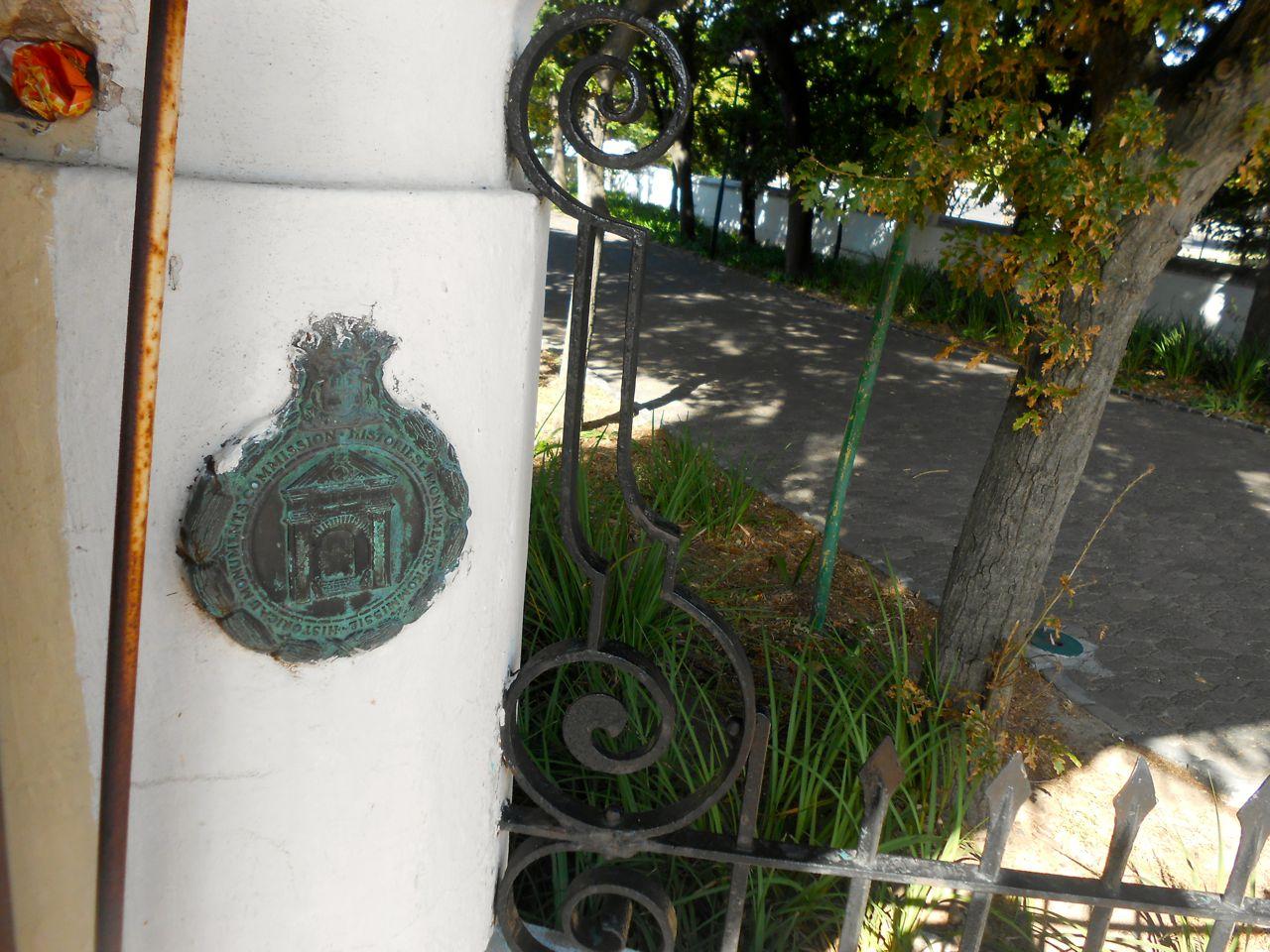Below is the preamble to Franco Frescura's paper 'Monuments and the Monumentalisation of Myths'. The paper was presented at a Wits History Workshop in 1992. Many elements are still relevant today. Click here to download the full paper.
The culture of a nation, a people or a region is usually a composite of many factors. This may include the personal attributes of the people themselves, or their skill in a particular area of activity, or perhaps the physical nature of their countryside. These often give rise to a variety of symbols which, appropriate or note, become associated with the people concerned. In understanding these symbols, it is also necessary to examine the nature of symbology and the manner in which it can be used, and abused, in the creation of a group identity.
Firstly symbols are seldom better than stereotypical images which represent the interests of a small minority of citizens. Where these stereotypes are of a positive nature, the larger group will usually find little difficulty in identifying with them. For that reason Italians will portray themselves as being artistic, the Swiss as being punctual, the Japanese as being industrious and the Zulu as being proud. The reverse picture, however, is that stereotypical thinking lies at the root of racism and xenophobia. Up to comparatively recent times English children were being taught nursery rhymes charging that "Taffy was a Welshman, Taffy was a thief ...", whilst, at the same time, Enid Blyton was portraying black people as "Golliwogs" dressed in “Coon Carnival” clothes. Other countries share in similar experiences, but direct their stereotypes against other communities. Humour is another medium for popularising negative religions, ethnic, racial or sexist images.
Secondly the meaning of symbols will vary from culture to culture, from region to region. Thus, to find popular approval, they need to find positive significance across a wide spectrum of groups co-existent within a society.
Thirdly, because symbols are open to interpretation, they are liable to manipulation. They can, for example, be harnessed in the creation of national myths, or in the justification of fictitious political claims. Dutch claims to land in Zululand during the mid-nineteenth century, for example, were based upon a forged document purportedly discovered intact in Retief's satchel nine months after he and his followers had been executed by the Zulu (Naidoo 1989). On the other hand, symbols can also be used as a unifying force, harnessing divergent vested interests to one common cause. Many of the symbols of Union after the 1920s were designed to promote the idea of a political unity between the two "great white races", the Dutch and the English.
Perhaps one of the most important components of a people's identity is their built environment, for at once it encapsulates their social hierarchies, religious beliefs, value systems and technological achievements. Many of their built forms, textures and decorations often find their way into popular composites of regional identity. This has been consistently abused by European architectural historians, both past and present, who persist in using the buildings of a society as a guideline as to its level of "cultural attainment". Such assessments are usually guided by overtly eurocentric value systems and are harnessed to prevailing political ideologies or prejudices. Contrary to overwhelming archaeological and anthropological evidence, the Rhodesian UDI regime, for example, consistently held that the Great Zimbabwe complex was the work of a mythical, long-vanished race. The idea that the Shona could have erected public works of such magnitude clearly gave credibility to Black Nationalist claims to the existence of an early and advanced Zimbabwean culture (Frederikse, 1982).
Although such viewpoints are finding increasing international rejection, they retain a fertile breeding ground in South Africa through the work of two groups. The first is the National Monuments Council (NMC), a body dedicated to the preservation of old buildings and artifacts through a process of selective "monumentalisation". The second is the South African Museum's Association (SAMA), whose work in the area of Open Air and so-called "cultural museums" has created a series of stereotypical displays aimed at reinforcing white prejudices and at romanticising rural Black poverty. Intentionally or otherwise, their end-product has provided white bigotry with a convenient "cultural" home.
An old National Monuments Council plaque (The Heritage Portal)
This does not mean that the sins of past generations of architectural historians and museum curators should be laid in perpetuity at the doors of the NMC and SAMA. This is plainly wrong, but for as long as both organisations retain their present unrepresentative structuring and outdated policies, they will continue to act as a strong link with the abuses of the past.
In this paper I propose to examine three areas where the built environment has been used, and abused, by "cultural conservationists" in order to achieve sectarian political objectives. I do not intend to focus solely upon the work and policies of present structures, but I plan to include an analysis of some current architectural practices.
Disclaimer: Any views expressed by individuals and organisations are their own and do not in any way represent the views of The Heritage Portal.

